Is the check fuel cap light safe when it appears on a Honda CR-V vehicle? While driving down the street, the check fuel cap may light up, leaving one wondering the seriousness of the problem.
Interestingly, it can even show up when the fuel cap is already on, meaning a more profound issue is covered in the following text.
The most common causes for the check fuel cap warning are loose, missing, or damaged caps, and fixing them will save the engine from significant future damage. Customers can assess this issue as it could be the difference between good car maintenance and engine failure.
Check Fuel Cap Message
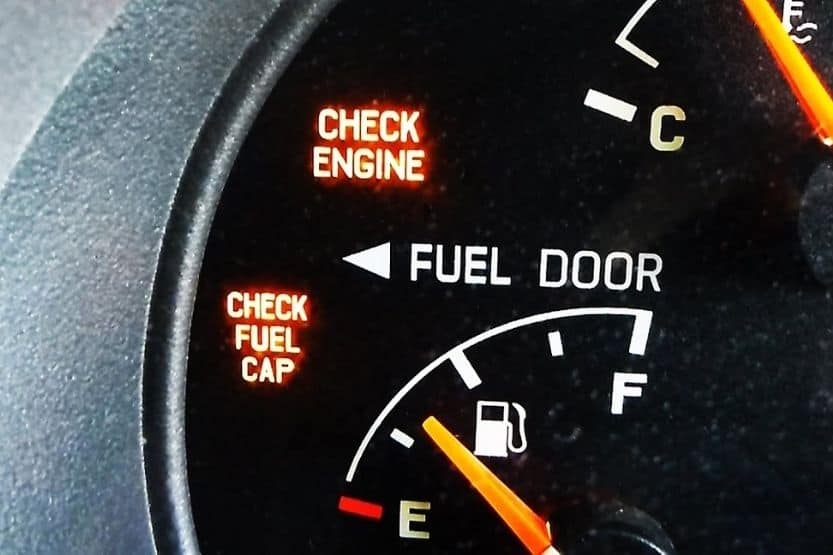
The warning light is a message to the driver that the fuel cap has not been fixed properly to the fuel tank. On the other hand, it may also be that the fuel cap is missing from the tank filler tube or is damaged. This is a significant issue because it allows dirt and debris from outside to enter the fuel tank and potentially contaminate the fuel.
Missing or Loose Fuel Cap
The gas cap aims to prevent dirt and debris from coming into the tank while also functioning as a seal. The cap also plays a role in the operation of the evaporative emissions system to capture and reuse the fuel vapors from the tank.
Unfortunately, the loose or missing cap is interpreted as a leak in the Evaporative Emission Control System (EVAP) which is what controls the release of gas vapors into the environment.
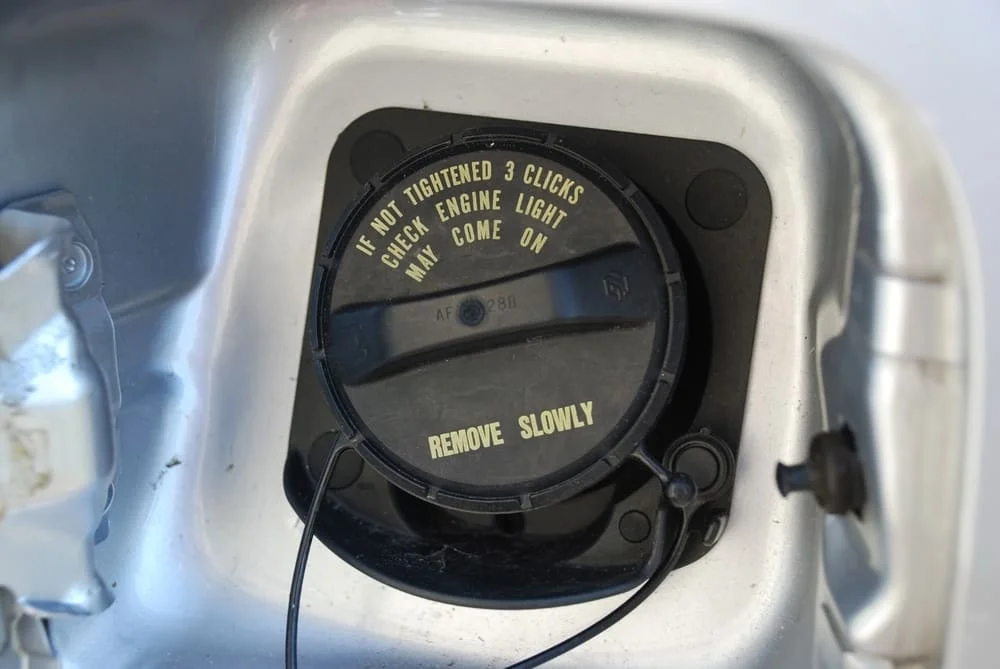
Often, the cap is not tightened enough, or it may not have been fixed back on after refueling. In either case, the fuel tank is left exposed to the environment. Therefore, the solution, in this case, is to replace the fuel cap or tighten it if it is loose.
Bad Fuel Cap
Bad or failed gas caps have structural damage, which does not allow them to seal the fuel tank from the filler tube securely.

There is a rubber seal in the cap that snugs against the fuel inlet. If the gasket fails because of cracks or wear, fuel vapor will escape through those fissures. That will also lead to the check fuel cap light.
Symptoms Of Having A Bad Cap
Signal On Dashboard
The first symptom is the check fuel cap warning that shows up on the dashboard. It is illustrative of the EVAP. The fuel tank maintains a certain amount of pressure which is secured by the fuel cap. Once that is compromised, the Honda’s computer will give the ‘check fuel cap’ warning. It comes from detecting pressure decrease and an assumption there is a gas cap or fuel tank leak.
Fuel Smell
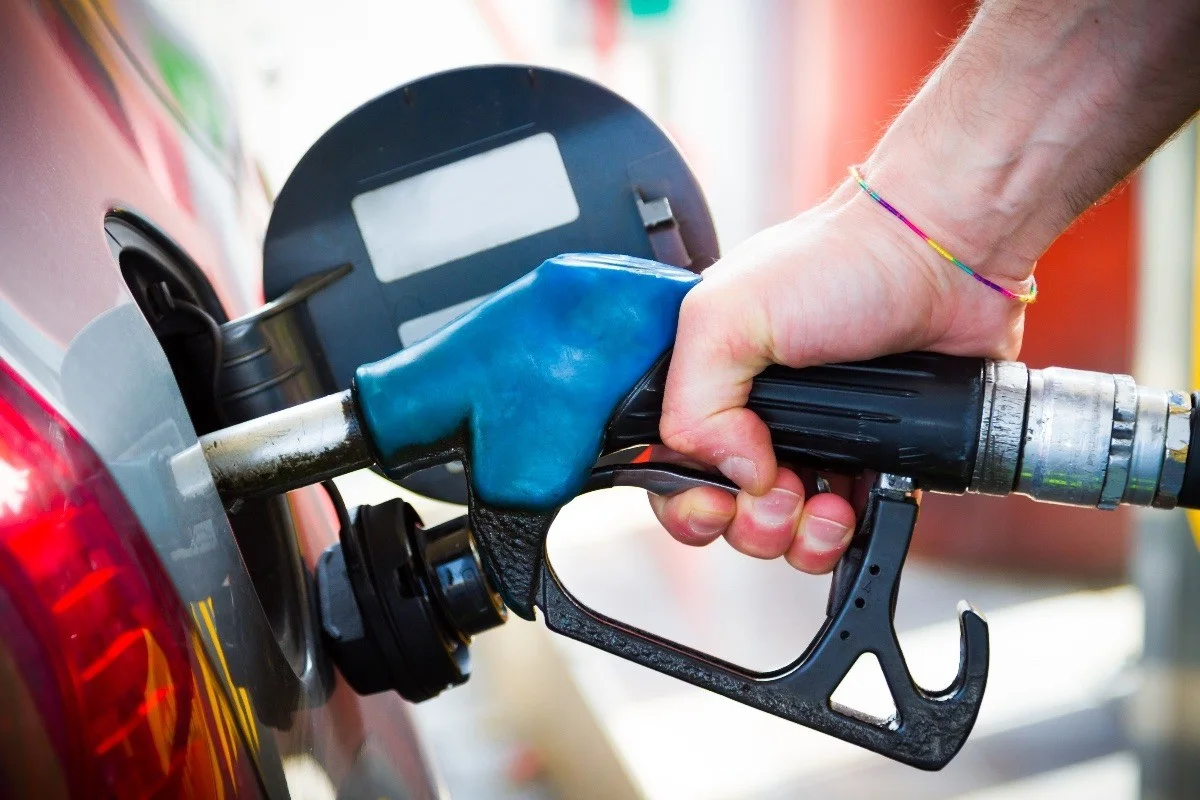
It is possible to diagnose the issue when the check fuel cap light comes on. A bad gas cap allows fuel vapors to escape as it no longer viably seals the fuel tank. That leads to the smell of fuel around the outside of the vehicle and even inside it.
Of course, there are many other significant reasons for the smell of fuel as the vapors escape from the delivery system. It could be a fuel line leak or something similar; worse yet, the fuel tank may be compromised.
However, the alternatives usually occur in dated vehicles because they have experienced much wear and tear.
Fuel-related Problems
The other potential symptom is the check engine light. At times, a bad fuel cap can cause issues with the fuel system. That is because the fuel delivery on the current generation CR-V is pressurized and complex. An issue in the fuel system may affect its performance, making the check engine light come on.
Bad gas caps can also let in water droplets, dirt, and other debris into the fuel tank leading to a contamination of the fuel. When getting to the engine, they can cause improper combustion and damage the spark plugs. In worse scenarios, significant contamination can permanently damage the engine.
The issue may also cascade into poor fuel economy. If the gas cap is not sealing the tank, the fuel will be contaminated and combust poorly after reaching the injectors. Believing the fuel is compromised, the engine may go into emergency mode and burn the fuel as quickly as possible to get rid of it. Alternatively, the fuel can evaporate from the tank and escape through the unsealed openings.
What Should I Do?
If the fuel cap is damaged or does not respond well to the tightening, the first thing to do should be to replace the cap with an OEM replacement.
Fuel caps tend to be cheap, and it is advisable to get a standard cap from the dealership for the Honda CR-V. The cap may be clear of issues following diagnostics as it has no cracks and is tightened appropriately. Then, the problem may be elsewhere within the fuel lines. The owner can replace old fuel caps anyway because they are bound to have some wear and tear for old CR-Vs.
Customers can evaluate the fix by first making sure the fuel cap is tightened. Should the fuel cap warning not go away, the O-ring needs to be inspected. If the gas cap is okay and the message maintains, there may be a leak within the EVAP system.
Conclusion
The check fuel cap warning on the Honda R-V is something to worry about. At the least, it shows the cap is cracked or missing. At worst, it could be the first sign of a significant engine problem.
Regardless of the causes of the problem, the fuel in the tank is usually vulnerable to the outside in these cases. It can result in poor fuel economy as contaminants come in or damage to the engine. The warning may start as a minor issue but graduate into significant problems for the smooth running of the vehicle. Therefore, the fuel cap needs to be tightened or replaced immediately when the warning appears.
READ MORE:

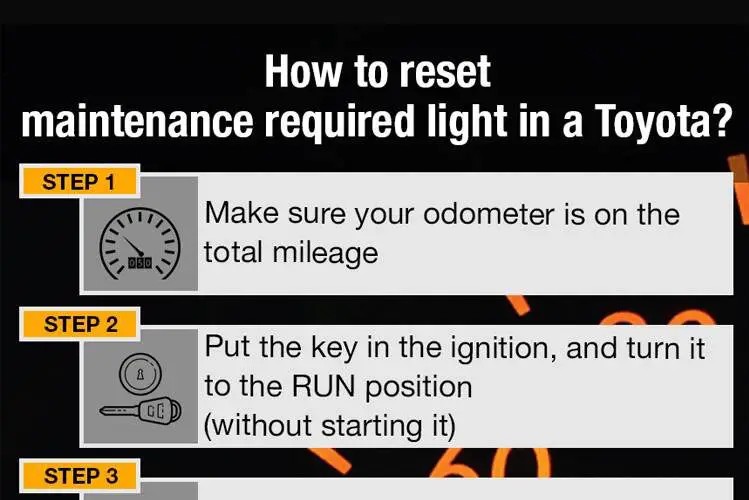
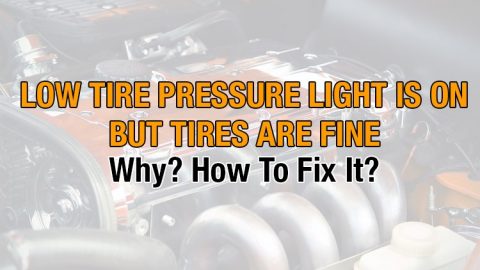
Recommended for you
Volvo Dashboard Symbols and Meanings
Kenworth Dashboard Lights and Meanings
Freightliner Warning Lights and Meanings